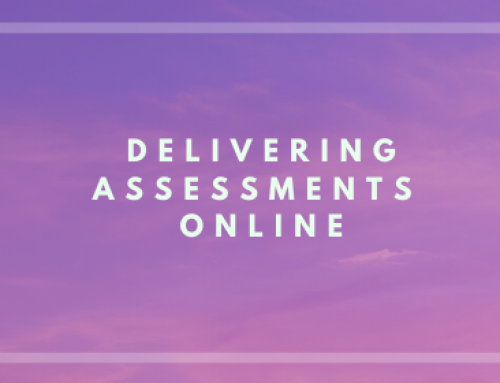Feedback is a gift
Bill Gates once said, ‘We all need people who will give us feedback. That’s how we improve’ (Berkley student blog 2015, image 1)
Kinash and Knight (2013) reason that ‘Assessment has the most effect when feedback is used to actively improve student learning’ (p. 12).
Students benefit from clear, helpful and timely feedback on their learning. While grades provide a measure of how well students are doing, this alone may not help students move beyond their current standard of performance. Specifics and detail are needed to show students what they have done well, what has not and how their work could be better.
Feedback says to a student, “Somebody cared enough about my work to read it and think about it!” (Brookhart 2017, p.1). It can show students that the educator acknowledges their efforts and wants to help them improve.
Process oriented and outcome feedback
Assessments are necessary for the educator to gauge student learning and the feedback on these assessments are vital for the student to deepen their learning and to identify any gaps in their knowledge. Assessment feedback can be viewed as outcome-oriented whereas feedback based on student’s thinking before providing answers in assessments can be viewed as process-oriented feedback (Gjerde, Padgett & Skinner 2017).
Feedback can be progressive focused i.e. based on student’s thinking before providing answers in assessments (process-oriented feedback). Feedback can be outcome focused i.e. after submission of assessments (outcome-oriented feedback). Not only does process-oriented feedback have a greater positive impact on student performance, it also inspires student learning. Students are better equipped to identify any gaps in their knowledge before they submit an assessment (Gjerde, Padgett & Skinner 2017, p.80).
Using feedback to actively improve student learning
Assessment is a developmental process that fosters self-regulated learning; learners transform their mental abilities into academic skills. Students do not always perceive marking methods as feedback, therefore be explicit i.e. when talking about marking, make the word ‘feedback’ part of your vocabulary. When feedback is provided, students feel supported and guided in their learning.
Effective feedback answers three questions:
1. Where am I going (Feed up)
2. How am I going (Feedback)
3. Where to next (Feed forward) (Hattie & Timperley, 2007)
For further information please download the PDF Resource from the link below.
References
Berkley student blog 2015: Inviting feedback as a guest in your “home”, UC Berkley student affairs community blog, December 2015, viewed 31 August 2018 https://studentaffairsgobig.wordpress.com/2015/12/11/inviting-feedback-as-a-guest-in-your-home/
Brookhart, SM 2017, How to give effective feedback to your students, 2nd edn, ASCD, Alexandria, USA.
Gjerde, KP, Padgett MY & Skinner, DS 2017, ‘The impact of process vs. outcome feedback on student performance and perceptions’, International journal of the academic business world, vol. 13, no. 1, pp. 73-82.
Hattie, J, Timperley, H, Review of Educational Research, March 2007, Vol. 77, No 1, pp. 81-112
Kinash, S, & Knight, D. 2013, Assessment at Bond. Gold Coast, QLD: Office of Learning and Teaching, Bond University.
RMIT University 2009: Providing feedback to students, June 2009, viewed 28 August 2018 http://mams.rmit.edu.au/7dtrw9780vqxz.pdf
RMIT University 2018 a: Assessment Processes, August 2018, viewed 30 August 2018 https://www.rmit.edu.au/content/dam/rmit/documents/about/policy/assessment/assessment-processes.pdf
RMIT University 2018 b: Assessment and assessment flexibility policy, 2018, viewed August 29 2018 https://www.rmit.edu.au/about/governance-and-management/policies/assessment-policy
RMIT University 2018 c: Program and course approval processes, 2018, viewed August 29 2018 https://www.rmit.edu.au/content/dam/rmit/documents/about/policy/program-course/program-and-course-approval-processes.pdf





